5 questions you were too embarrassed to ask about the expanding Universe
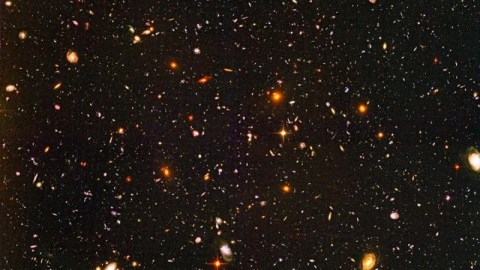
From what it’s expanding into to whether things are moving faster-than-light, this clears up some of our greatest misconceptions.
“The more clearly we can focus our attention on the wonders and realities of the universe about us, the less taste we shall have for destruction.”
–Rachel Carson
When we look out at the distant Universe, we continue to see galaxies everywhere, in all directions, for millions and even billions of light years. With an estimated two trillion galaxies potentially observable to humanity, the sum total of what’s out there is grander and more spectacular than most of us can hope to imagine. One of the most puzzling facts is that of all the galaxies we’ve ever observed, they all obey (on average) the same rule: the farther away they are from us, the faster they appear to be moving away from us. This discovery, made by Edwin Hubble and his collaborators back in the 1920s, led us to the picture of the expanding Universe. But what does it mean that the Universe is expanding? Science knows, and now you will, too!
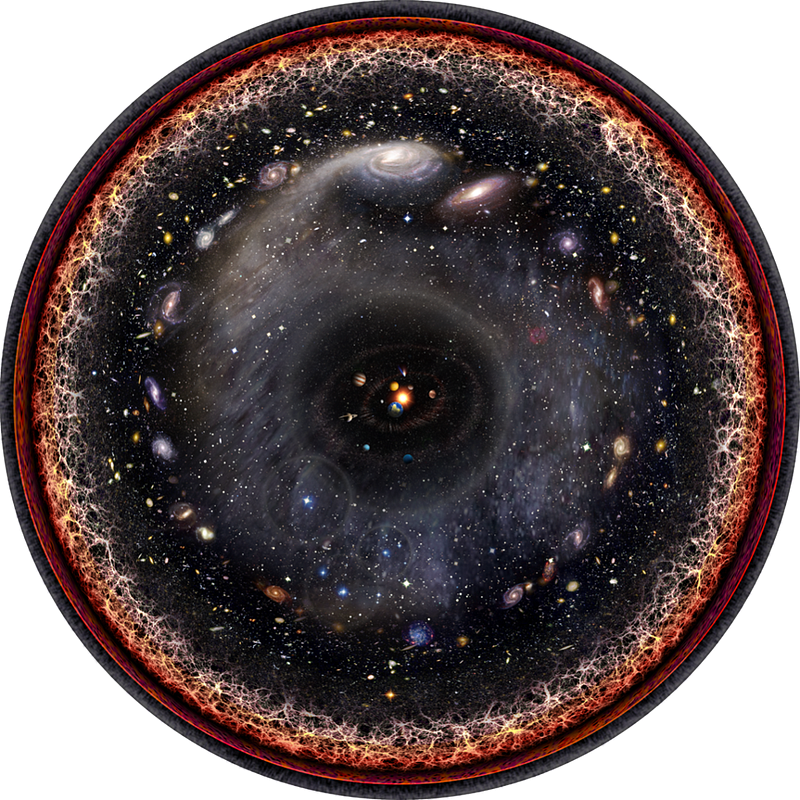
1.) What is the Universe expanding into? This is one of those questions that sounds so reasonable, because everything else that expands is made out of matter and exists within the space and time of the Universe. But the Universe itself simply is space and time, and contains all of the matter and energy present within it. When we say “the Universe is expanding,” what we mean is that space itself is what’s expanding, which causes us to see the individual galaxies and clusters of galaxies all moving away from one another. The best visualization I’ve ever seen is to picture a ball of dough with raisins in it, baking in an oven.
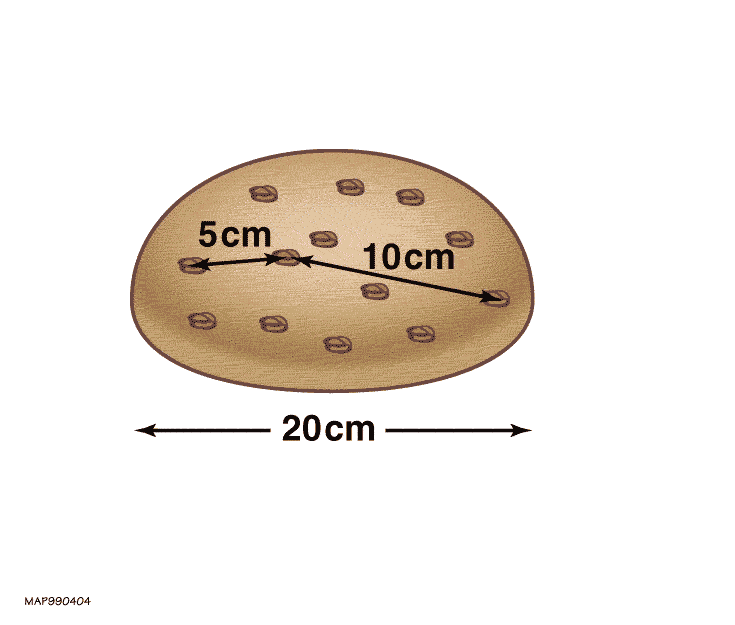
The dough is the fabric of space, the raisins are the bound structures (like galaxies or groups/clusters of galaxies), and from the point of view of any raisin, all the other raisins are moving away from it, with the more distant raisins moving away more quickly. Only, in the case of the Universe, there is no oven and there is no air outside the dough; there is only dough (space) and raisins (matter).
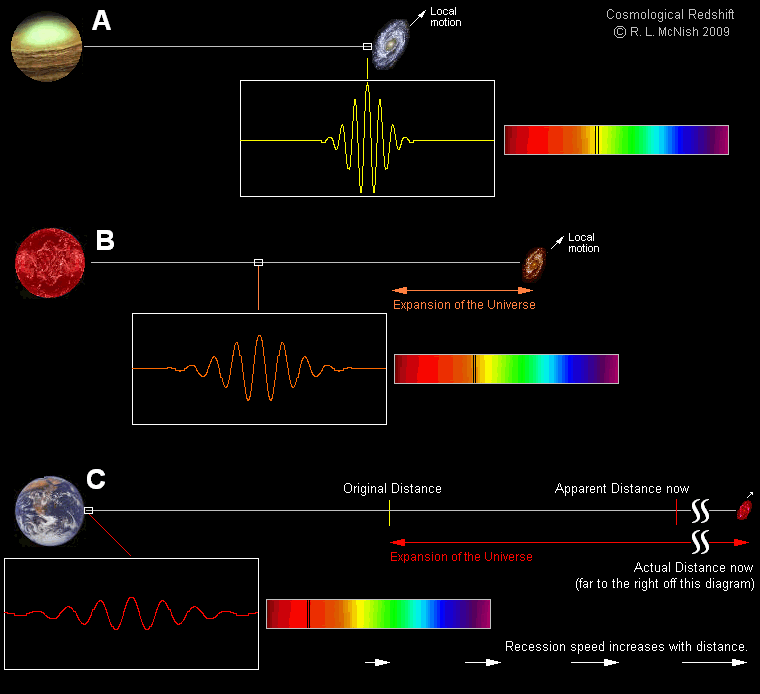
2.) How do we know it’s the fabric of space that’s expanding, and not just galaxies moving at different speeds? If you see objects moving away from you in all directions, it could be because the space between you and those objects is expanding; that’s one possibility. But it also seems reasonable that you could be near the center of an explosion, and many objects are just farther away and moving faster today because they received more energy in the explosion. If that latter thing were true, there would be two pieces of evidence that would stand out:
- There would be fewer galaxies at large distances and high speeds, since they would spread out through space more easily as time went on.
- The redshift/distance relation would obey a very particular form at large distances that would be different from the case where it was the fabric of space that expanded.
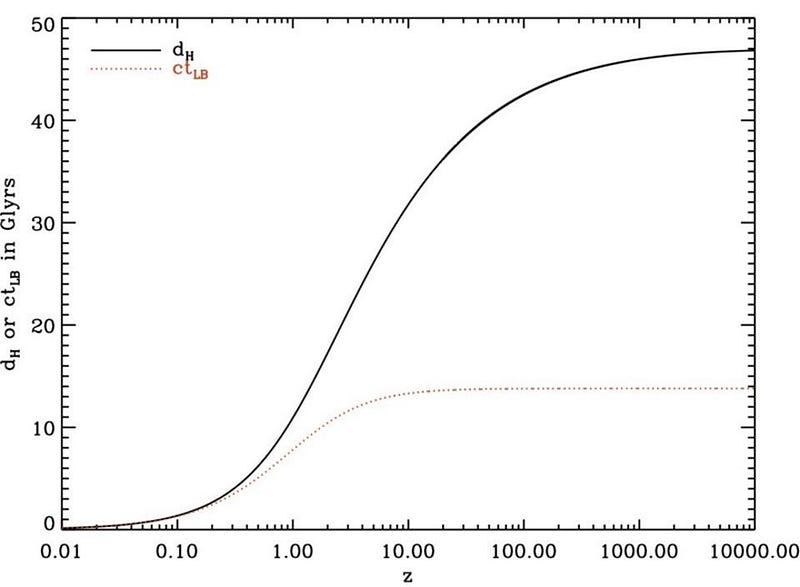
When we look to large distances, we find that there is actually a greater density of galaxies in the faraway Universe than there are close by. This is consistent with a picture where space is expanding, since looking far away is the same as looking into the past, where less expansion has occurred. We also find that the distant galaxies have a redshift-and-distance consistent with the fabric of space expanding, and very much not with galaxies simply moving rapidly away from us. This is a question that science can answer in two very different ways, and both answers support an expanding Universe.
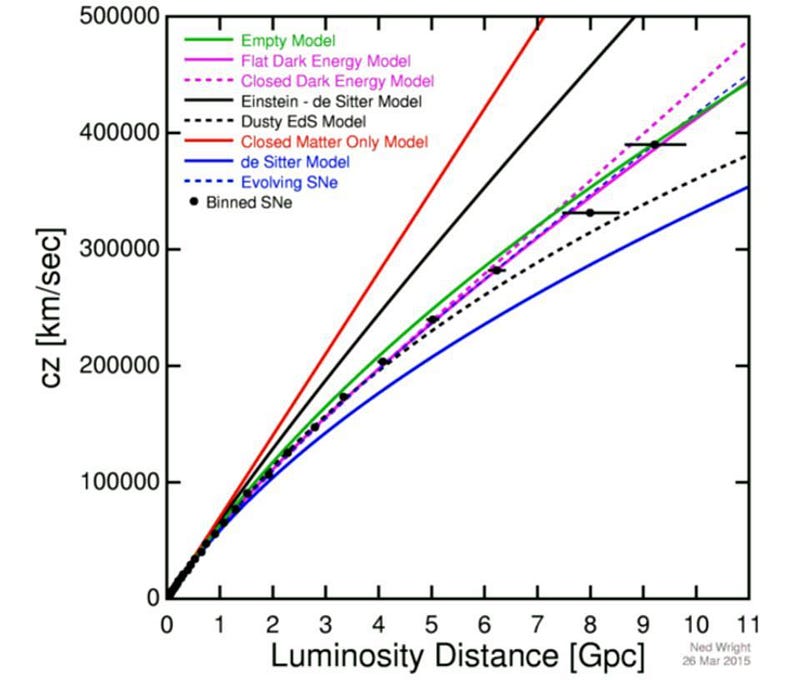
3.) Has the Universe always been expanding at the same rate? We call it the Hubble constant, but it’s only a constant everywhere in space, not every “when” in time. The Universe is, at this moment in time, expanding at a slower rate than it ever has in the past. When we talk about the expansion rate, it’s a speed-per-unit-distance: around 70 km/s/Mpc today. (A “Mpc” is a megaparsec, or about 3,260,000 light years.) But the expansion rate is dependent on the densities of all the different things in the Universe, including matter and radiation. As the Universe expands, the matter and radiation within it become less dense, and as the matter and radiation densities drop, so does the expansion rate. The Universe was expanding faster in the past, and has been slowing down ever since the hot Big Bang. The Hubble constant is a misnomer; it should be called the Hubble parameter.
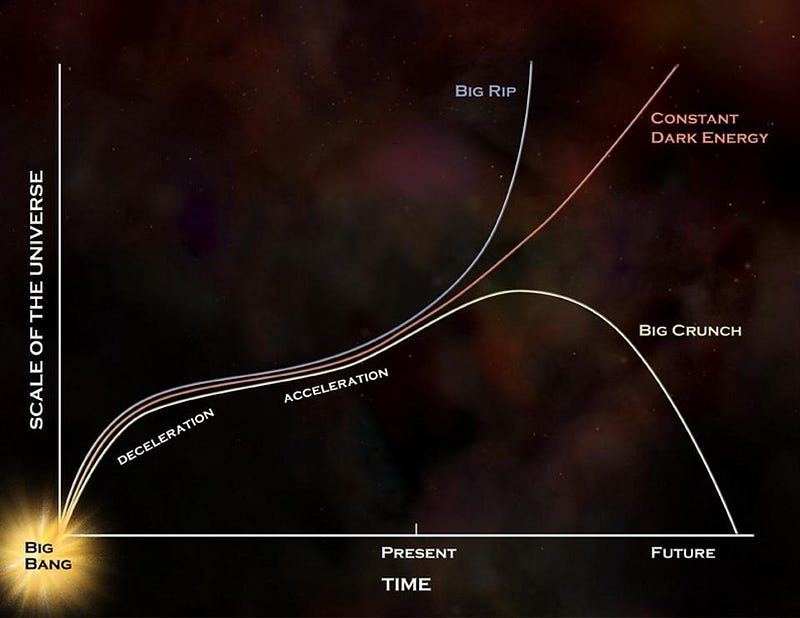
4.) Will the Universe expand forever, or will it someday stop, or even recollapse? For generations, this was one of the holy grail questions of cosmology and astrophysics, and it could only be answered by determining both how fast the Universe was expanding and what all the different types (and amounts) of energy present within it were. We’ve now successfully measured how much normal matter, radiation, neutrinos, dark matter, and dark energy is present, as well as the Universe’s expansion rate. Based on the laws of physics and what’s happened in the past, it very much looks like the Universe will keep on expanding forever. Although this isn’t a 100% certainty; if something like dark energy behaves differently in the future from how it’s behaved in the past and present, all our conclusions are subject to revision.
5.) Are there galaxies moving away faster than the speed of light, and isn’t that forbidden? From our point of view, the space in between us and any distant point is expanding. The farther away something is, the faster it appears to recede from us. Even if the expansion rate were tiny, an object far enough away would eventually cross that threshold of any finite speed, since an expansion rate (a speed-per-distance) multiplied by a great enough distance will give you a speed as fast as you want. But this is okay in General Relativity! The law that nothing can travel faster than the speed of light only applies to an object’s motion through space, not to the expansion of space itself. In reality, the galaxies themselves only move around at speeds that are hundreds or thousands of km/s, much lower than the 300,000 km/s speed limit set by the speed of light. It’s the expansion of the Universe that causes this recession and the redshift, not a true galactic motion.
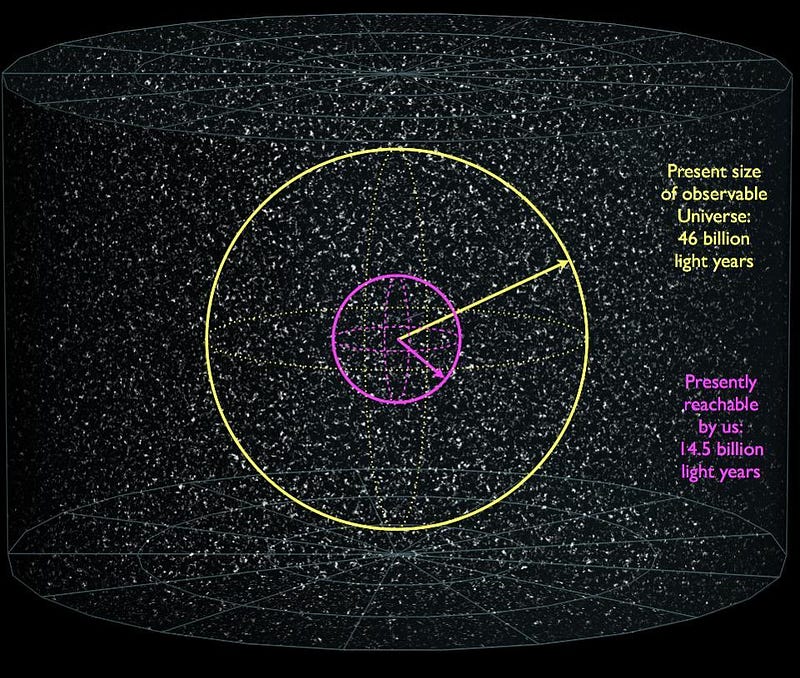
The Universe expanding is a necessary consequence of having matter and energy filling a spacetime that obeys the laws of General Relativity. As long as there’s matter, there’s gravitational attraction, so either gravity wins and everything recollapses, or gravity loses and expansion wins out. There is no center to the expansion, nor is there something outside of space that the Universe is expanding into; the fabric of the Universe itself is what’s doing the expanding, everywhere and for all time. Most maddeningly, even if we left Earth at the speed of light today, only 3% of the galaxies in the observable Universe will ever be reachable; 97% of them are already beyond our grasp. The Universe may be a complicated place, but at least you now know the answers to five of its most commonly misunderstood questions!
Ethan Siegel is the author of Beyond the Galaxy and Treknology. You can pre-order his third book, currently in development: the Encyclopaedia Cosmologica.





